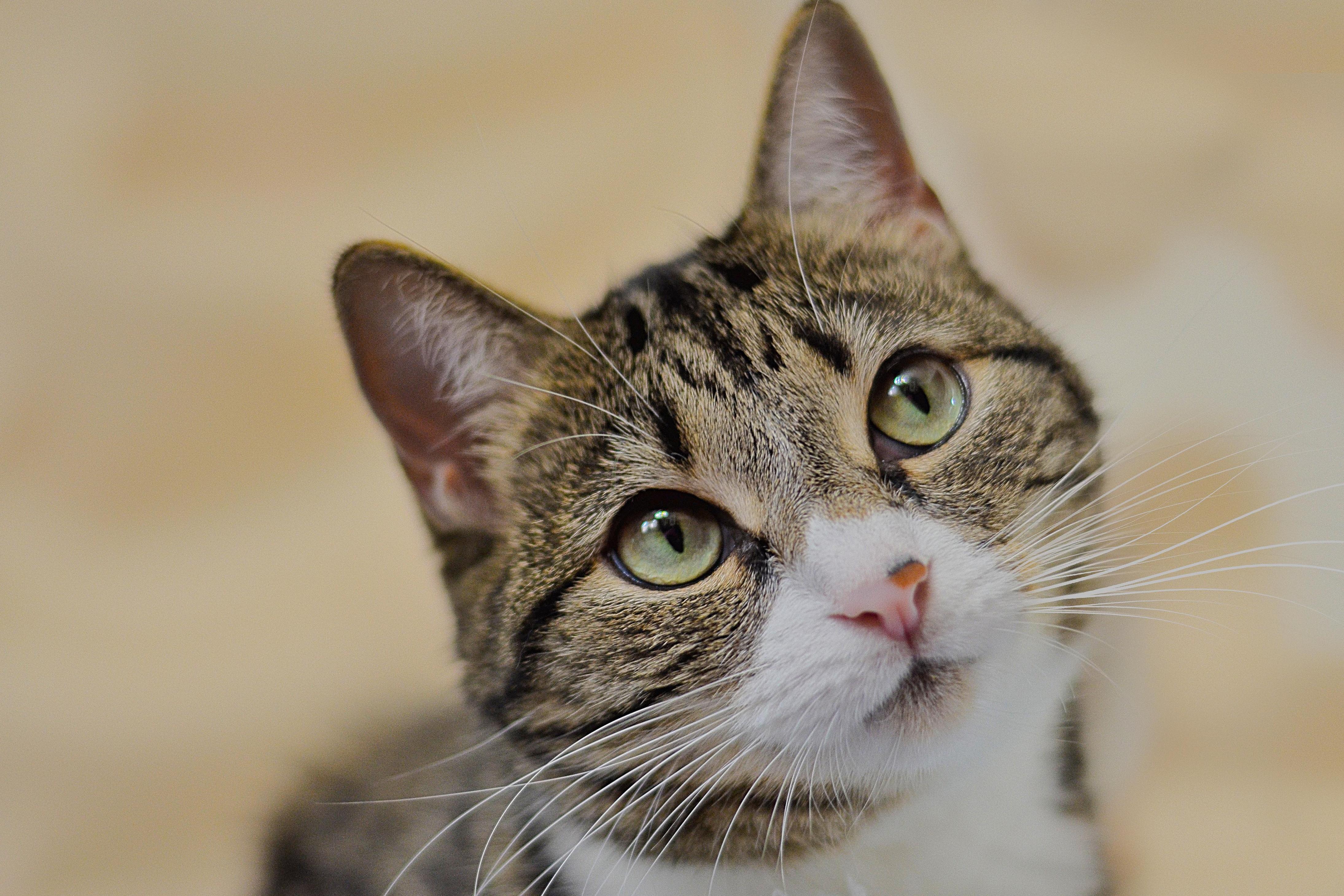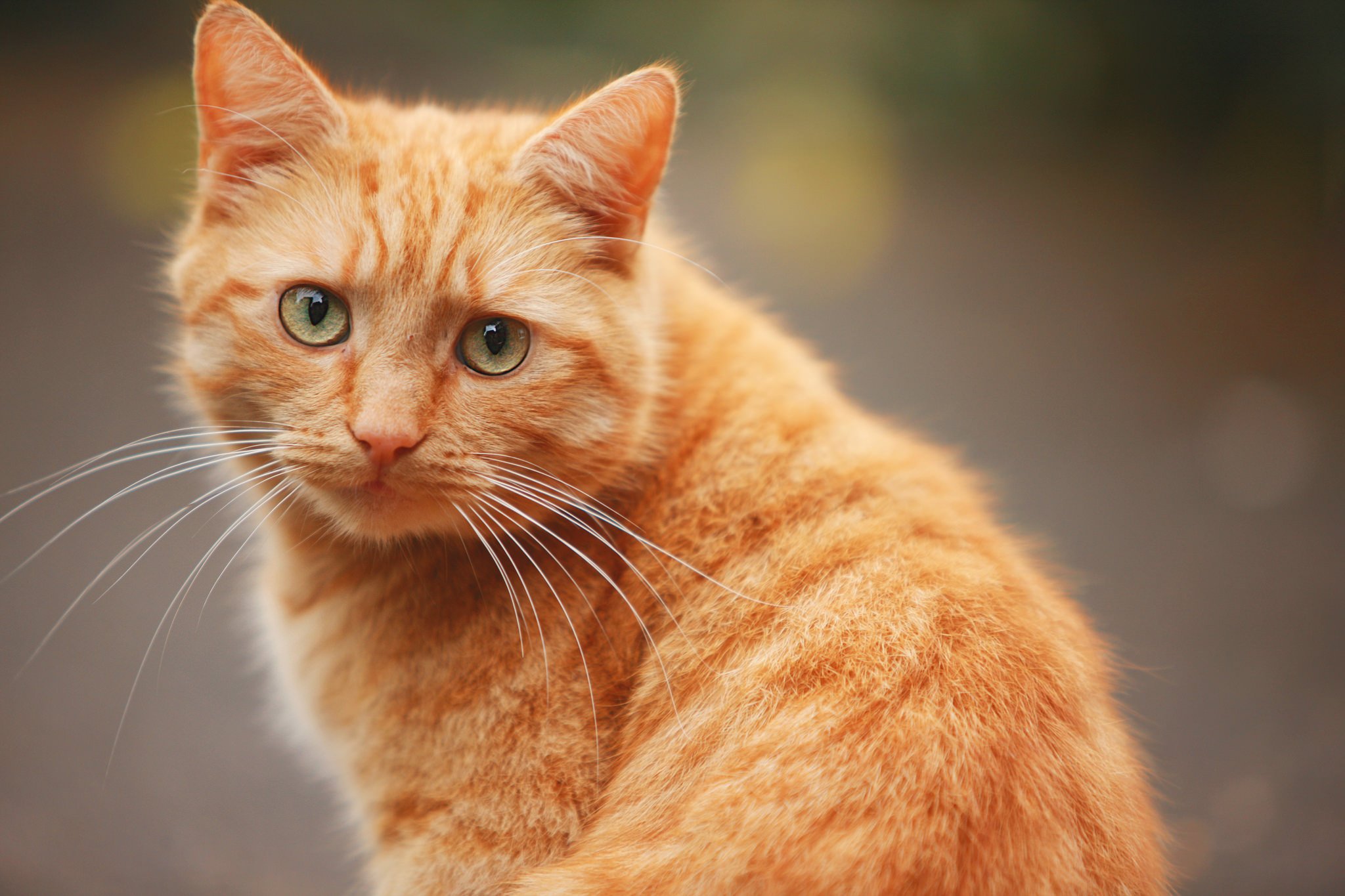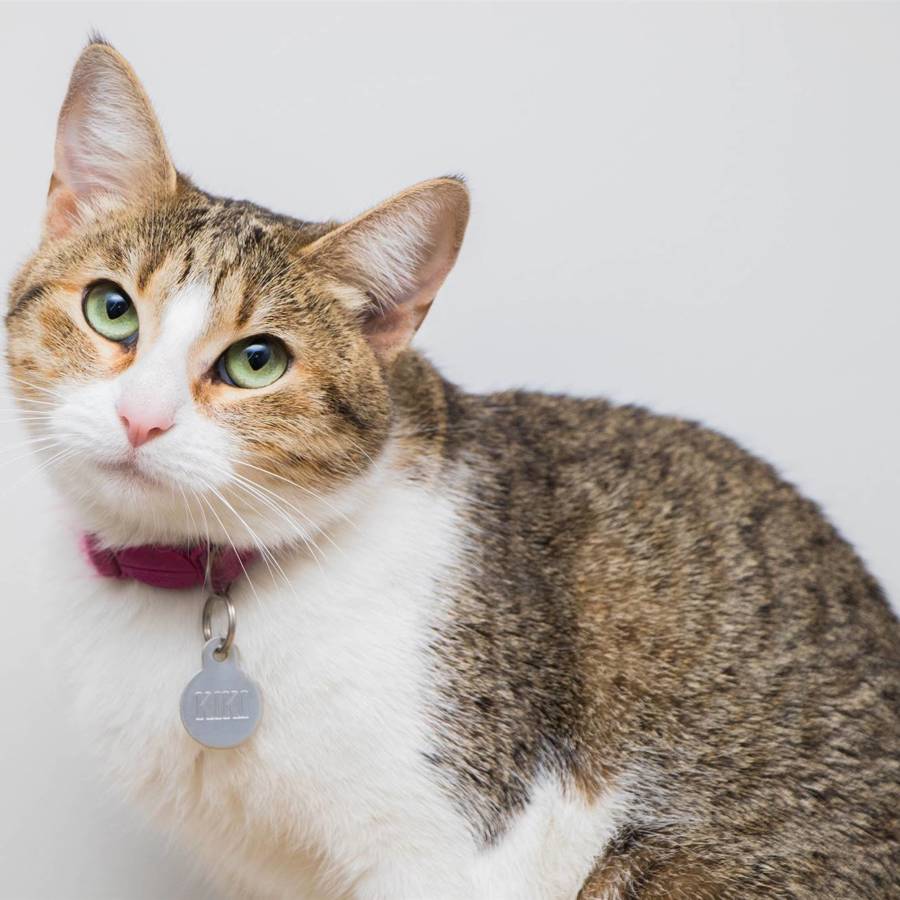When you think about cats, you probably picture a furry friend, perhaps with long, flowing hair or a sleek, short coat. But there's a whole other kind of feline companion that often captures attention because of its rather distinctive look: the hairless cat, sometimes called a "gato calvo." These animals are quite special, truly standing out from the usual house cat you might see around. People are often curious about them, wondering what makes them so different and if they are like other cats in terms of personality or care.
These unique felines, with their smooth skin and often playful attitudes, have a fascinating story behind them. They might seem a little unusual at first glance, but they are actually quite beloved by those who get to know them. It's interesting how something so different can become such a cherished part of a home. Many folks find their appearance quite charming, even striking, and they often draw a lot of interest wherever they go, too it's almost.
This piece will explore what makes these cats so special, from their origins to how they fit into a family. We'll also touch on some common questions people have about them and even look at how the idea of a "gato" shows up in other places, like in popular entertainment. So, let's get to know these amazing creatures a little better, shall we?
- Taylor Kinney Movies And Tv Shows
- Sarah Paulson And Holland Taylor
- Teen Mom The Next Chapter
- John C Mcginley Movies And Tv Shows
- Japanese Imperial Family
Table of Contents
- What Makes a Gato Calvo So Unique?
- Where Did the Gato Calvo First Appear?
- Are All Gato Calvo Cats Truly Hairless?
- Caring for Your Gato Calvo - What You Should Know
- What Special Care Does a Gato Calvo Need?
- Do People Have Misconceptions About the Gato Calvo?
- Beyond the Hairless - Other Gato Facts
- What is a "Gato" in General?
- Is There a Pixar Movie About a Gato?
What Makes a Gato Calvo So Unique?
When you first see a "gato calvo," which is Spanish for "bald cat," you might be struck by its very distinctive look. These cats don't have the typical fur coat that most felines show off. Instead, they have a soft, sometimes peachy, skin that feels quite warm to the touch. This unusual appearance is what makes them so memorable and, honestly, a bit of a conversation starter. They often have large ears and expressive eyes, which really stand out without a lot of hair around them. It's pretty fascinating, actually, how different they are from other cats you might be used to seeing.
There are a few different types of hairless cats, and each one has its own particular set of traits. The Sphynx is probably the one most people think of first when they hear "gato calvo," but there are others like the Peterbald and the Donskoy. Each of these breeds has its own special story about how it came to be. They are not just hairless; they have personalities that can be quite engaging, often described as very affectionate and social creatures. So, while their appearance is what catches the eye, their loving nature is what truly wins hearts, you know.
Where Did the Gato Calvo First Appear?
The story of the Sphynx, which is a well-known kind of "gato calvo," actually begins with a bit of a surprise. Back in 1966, in Toronto, Canada, a regular black and white house cat named Elizabeth gave birth to a kitten that had no hair. This was not something anyone expected, as a matter of fact. This little bald kitten was the result of a natural change in its genes, a kind of spontaneous occurrence. That single event started the whole line of Sphynx cats we see today. It's quite remarkable how one little cat could lead to a whole new kind of feline companion.
Since then, other hairless cat breeds have also appeared, like the Peterbald and the Donskoy, which is sometimes called the Russian bald cat. More recently, there's even a newer breed known as the Kohana, or the Hawaiian bald cat. Each of these hairless breeds came about in its own way, sometimes through similar natural genetic changes, and sometimes through careful breeding programs. For instance, the Sphynx's lack of hair is linked to a specific gene, which is pretty interesting when you think about it. These cats, in a way, show how much variety there is in the animal world.
It's worth noting that while these cats are often called "bald," their lack of hair isn't quite like human baldness. It's a natural trait for them, not a loss of something they once had. Some of these cats might even have a very fine, almost invisible fuzz on their skin, which makes them feel a bit like warm suede. So, while they might appear to be completely hairless, it's more about their unique skin texture and lack of a traditional coat, which is quite different from what we usually imagine, you know.
Are All Gato Calvo Cats Truly Hairless?
When people talk about a "gato calvo," they usually mean a cat that looks completely without fur. But it's actually a bit more nuanced than that. While many hairless cats, like the Sphynx, have very little to no visible hair, some types might surprise you. For instance, some of these special cats can actually grow a light covering of hair when the weather gets cold, which then disappears when it warms up again. It's a pretty neat trick their bodies do, honestly.
Also, the idea of "bald" for a cat isn't the same as it is for people. Cats don't typically lose their hair in patches like some humans do. Instead, for these hairless breeds, it's about a specific genetic trait that prevents them from growing a full coat. Sometimes, what looks like "bald spots" on other cat breeds, like the general "gato" (domestic cat), might just be areas where the fur is naturally thinner, not true baldness like you'd see on a hairless breed. So, it's not really a flaw, but just how they are, in a way.
There are also some breeds that are a mix of hairless and furry cats. For example, the Bambino and Minskin cats are results of crossing a Sphynx with a Munchkin. These cats might have very short fur in some places, or just a little bit of fuzz, making them unique hybrids. They combine the hairless look with traits from other breeds, which can be quite interesting. So, while the term "gato calvo" implies a total lack of hair, there's a spectrum of hairlessness within these breeds, which is quite fascinating, really.
Caring for Your Gato Calvo - What You Should Know
Bringing a "gato calvo" into your home is a bit different from having a regular furry cat, mainly because their skin is exposed. They don't have that natural fur coat to protect them from the elements, so you need to be a little more mindful of their environment. These cats are quite sensitive to temperature changes, which makes sense when you think about it. They can get chilly pretty quickly, so keeping them warm is a top priority. This usually means they are best suited for living inside, where the temperature can be controlled and they can stay cozy, you know.
Their skin also needs some special attention. Since there's no fur to absorb oils, their skin can get a bit oily. This means they might need regular baths to keep their skin clean and healthy. It's not a huge chore, but it's something to factor into your routine if you're thinking about having one of these lovely cats. Taking care of a "gato calvo" is a unique experience, and many owners find it to be a very rewarding one. They are often described as very affectionate, seeking out warmth and cuddles, which makes all the extra care worth it, in some respects.
What Special Care Does a Gato Calvo Need?
Because a "gato calvo" lacks a fur coat, their bodies are more exposed to the elements, meaning they need a bit more looking after than a typical cat. For one thing, they are quite sensitive to cold. They are what you might call "cold-sensitive cats," so it's really best if they live only inside. This helps keep them warm and comfortable, especially during cooler months. You might even find yourself getting them little sweaters or blankets to snuggle into, which is pretty cute, honestly.
Their skin also requires specific care. Without fur to soak up natural oils, these cats can get a bit greasy. So, regular bathing is often needed to keep their skin clean and free from buildup. This isn't like bathing a typical cat; it's more about gently cleaning their skin. You'll also want to make sure they're not getting too much sun, as their exposed skin can be prone to sunburn, just like ours. It's all about being a bit more attentive to their unique physical needs, which is actually quite manageable.
When it comes to feeding a "gato calvo," there aren't necessarily vastly different requirements than for other cats. They are still carnivorous mammals, meaning they need a diet rich in meat. You might feed them a mix of dry kibble and wet food, or even special soft foods if recommended by a vet. The main thing is to ensure they are getting all the nutrients they need to stay healthy and active. Organizations like The TICA, which is a well-known cat registry, do recognize hairless cat breeds officially, so there's plenty of information out there about their care, too it's almost.
Do People Have Misconceptions About the Gato Calvo?
It's pretty common for people to have some ideas about the "gato calvo," especially the Sphynx, that aren't entirely accurate. When these cats first started becoming known, there was a lot of misunderstanding about where they came from and what they were like. Some folks might have thought they were somehow unnatural or even a bit strange because of their lack of fur. This kind of initial reaction, born from not knowing much about them, led to some unfair ideas floating around, you know.
These cats are often seen as exotic, and sometimes that can lead to assumptions about their health or temperament. But in reality, a "gato calvo" is just a cat with a different kind of coat – or lack thereof. They are domestic animals, just like any other house cat, and they can be incredibly loving and playful companions. It's important to look past the unique appearance and understand that they are just felines with a special genetic trait. They are not some mysterious creature; they are simply a variation within the cat family, which is actually pretty cool.
Breaking down these old ideas means helping people learn more about these wonderful animals. When people understand that the "gato calvo" is a result of a natural genetic change and that they need specific, but not overly complicated, care, they often find themselves charmed by these cats. It's about seeing them for what they truly are: affectionate, warm-skinned creatures who bring a lot of joy to their human families. So, getting the word out about their real nature helps clear up any old biases, in a way.
Beyond the Hairless - Other Gato Facts
While the "gato calvo" is certainly a fascinating topic, it's also worth remembering that the word "gato" simply means "cat" in Spanish. This broad term covers all kinds of felines, from the hairless wonders to those with the fluffiest coats you can imagine. The domestic cat, known scientifically as *Felis catus*, is a small, meat-eating mammal that has lived alongside humans for many thousands of years. They are, essentially, the only domesticated kind of animal in the whole cat family, which includes big cats like lions and tigers. So, when we talk about a "gato," we're talking about a very diverse group of creatures, honestly.
Some "gato" types are quite exotic, even if they aren't hairless. For example, there's a type of "gato" that's created by mixing popular breeds like the Himalayan and the Egyptian Mau. This kind of cat has a unique combination of traits from different felines, including sometimes the Siamese. These are not hairless, but they are still considered "exotic" because of their specific lineage and appearance. It just goes to show that the cat family has so much variety, and there's always something new to learn about them, you know.
What is a "Gato" in General?
A "gato," or domestic cat, is a small, meat-eating animal that belongs to the cat family, which is called Felidae. These creatures have been living with people for many, many years, becoming one of the most common household animals around the world. They are the only type of cat in the Felidae family that we have brought into our homes and made into pets. This family also includes the bigger, wilder cats, like lions and jaguars, which are known for their ability to make loud roaring sounds, unlike our quiet house cats, apparently.
When you hear "gato," it usually refers to the common house cat, the kind you might find curled up on your couch. These animals are pretty amazing, adapting to live closely with humans. They are known for their keen senses, their playful antics, and their ability to be very loving companions. From the sleek short-haired varieties to those with long, thick fur, like the Siberian cat whose abundant coat might make you think it sheds a lot (though its natural oiliness helps manage that), the "gato" comes in all sorts of shapes and sizes. It's quite remarkable, really, how many different kinds there are, and stuff.
Beyond just being pets, "gato" cats have a place in many cultures and stories. They appear in art, literature, and even in our everyday language. Their independence, grace, and sometimes mysterious nature have made them subjects of fascination for centuries. So, whether it's a fluffy Persian or a smooth "gato calvo," every cat, every "gato," contributes to the rich tapestry of our shared animal companions, which is pretty cool, honestly.
Is There a Pixar Movie About a Gato?
It might surprise you to hear, but the idea of a "gato" is even making its way into the world of animated movies. Pixar, the studio known for its heartwarming films, has a new original animated feature planned for release in the summer of 2027. This movie is actually called "Gatto," which is the Italian word for cat, very similar to "gato." It's being directed by Enrico Casarosa, who also directed "Luca," a film many people really enjoyed, you know.
This upcoming film is said to follow the story of a black cat, which sounds pretty interesting. While it's not specifically about a "gato calvo," it shows how much cats, or "gatos," are loved and how they inspire creative stories across different cultures. It's just another way these animals capture our imaginations, whether they have fur or not. So, if you're a fan of animated movies and cats, this is definitely something to look forward to in a few years, as a matter of fact.
The announcement of "Gatto" happened at the Annecy International Animation Festival, which is a big event for animation fans. It's a sign that cats, in all their forms, continue to be popular subjects for storytelling. From the real-life domestic "gato" that shares our homes to the animated "gatto" that will soon appear on screen, these creatures clearly hold a special place in our hearts and minds. It's quite something, really, how much impact they have, basically.
So, whether we're talking about the distinct "gato calvo" with its smooth skin and unique care needs, or the broader idea of a "gato" as a domestic cat with all its varied forms and personalities, these animals are truly special. From their surprising origins due to natural genetic changes to their place in our homes and even in upcoming movies, cats continue to fascinate and charm us. They remind us that beauty and companionship come in many different packages, and sometimes, the most unusual ones are the ones that capture our hearts the most.


